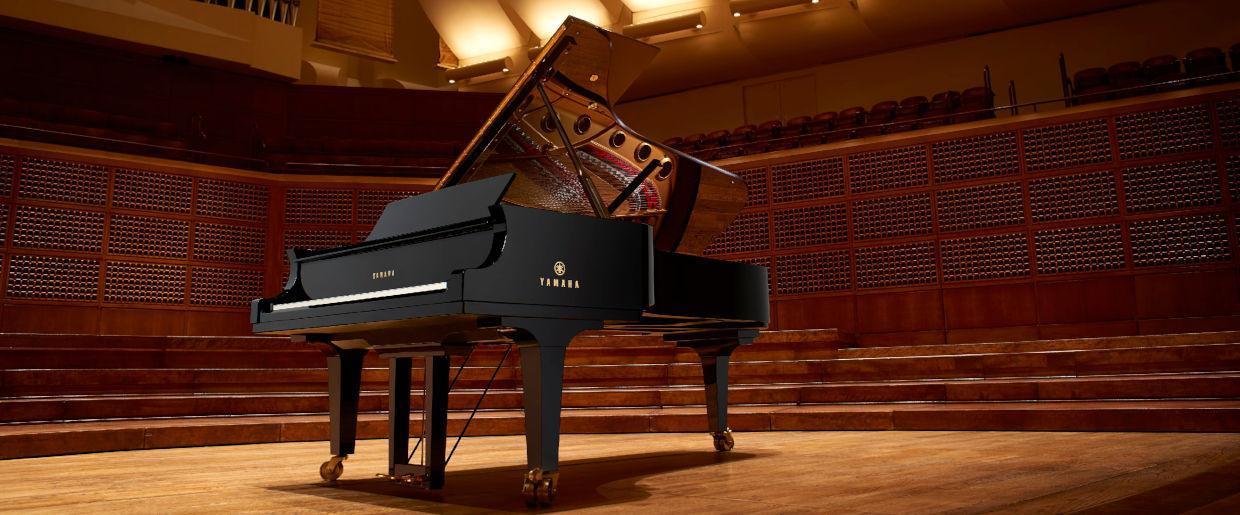
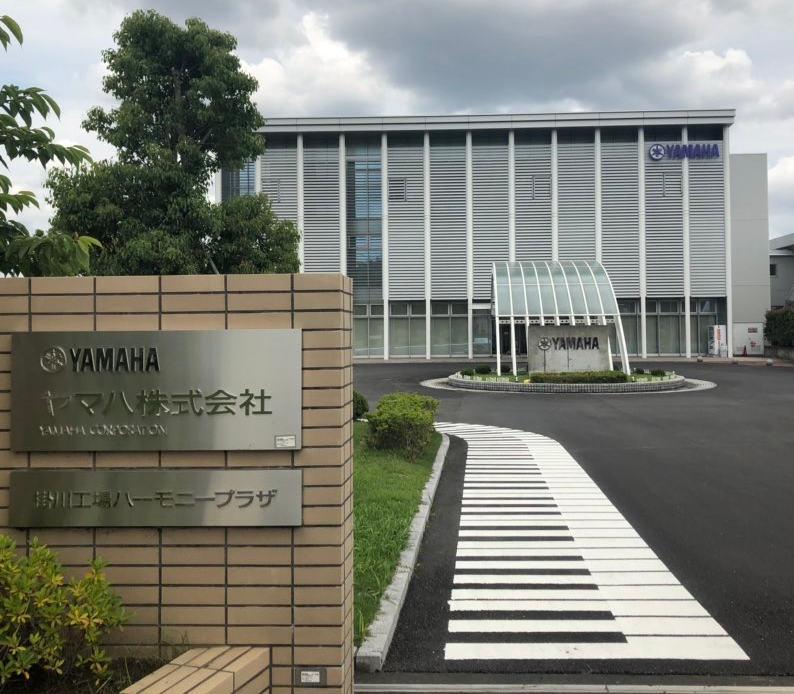
It may be difficult to wrap your head around the fact that Yamaha has five different tiers of grand pianos. Growing up I only knew of the famous C series grands. The Conservatory (letter C) followed by a number indicated the size of the grand piano. They were C1, C2, C3, C5 and C7. These pianos ranged in size from the baby grand 5’3” all the way up to the semi-concert grand, 7’6” in length. The concert grand, however was called CFIII. Over the years, Yamaha has transformed the C series grands and CF concert grand into 5 levels of grand pianos. But to understand what has transpired, we need to step back in time.
“To understand Yamaha pianos, you first need to understand our manufacturing facilities”, according to Russ Hirota (Asst. Marketing Manager, Piano Group, Yamaha. Buena Park, Calif.) “There are 3 main places of operations: Kakegawa, Kitami and Iwata. It was deemed necessary in the 1950’s that if Yamaha wanted to build a consistent product, it needed to BE the supply chain. Rather than relying on outsourcing of materials, Yamaha built what was at the time, the largest sustainable wood processing establishment in the world called Kitami, located in Hokkaido, Japan. Along with that, the Iwata forge and foundry was established where the cast iron frames and metal parts of Yamaha pianos were made and are still made today. Kakegawa is the central hub which houses our assembly processes of the pianos, R&D, our CF Concert Piano workshop, and our Piano Technical Academy. It also features additional wood processing facilities, as well as the technicians tasked with prepping the pianos prior to shipment.”
With greater control of materials, Yamaha Corporation set to work building upright and grand pianos that would become world-renown.

Fast forward to the year 1991 (~30 years ago) and Yamaha just released their latest concert grand piano called the CFIIIS. Weighing in at 1100 lbs and 9’ in length, this piano became a significant landmark for the company. But what is possibly more interesting is that as soon as this piano was released, the concert grand development team set to work to design the next iteration of grand pianos. It would take them 19 years to bring to completion.
In 2010, Yamaha released the CFX. What a spectacular metamorphosis! The new concert grand contains new soundboard technology, features German felt and wire as well as completely new scale and cabinet transformations.
X Marks the Spot: One of the major changes that has become pivotal in the making of this new grand piano is the GPX system. GPX refers to Grand Piano “X” soundboard design. According to Hirota from Yamaha, “the GPX soundboard leveraged in-house techniques and proprietary technologies to help our engineers better understand the outcome of energies from specific soundboard designs when integrated with the rest of the piano. 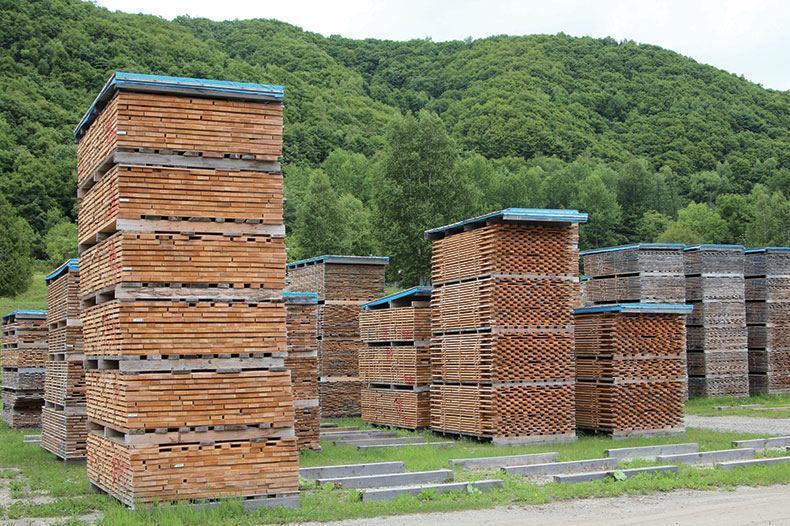 When combined with the traditional craft of soundboard building, these methods allowed us to improve not only the design and building process, but the outcome and consistency of the soundboard.”
When combined with the traditional craft of soundboard building, these methods allowed us to improve not only the design and building process, but the outcome and consistency of the soundboard.”
Trees, by nature are anything but uniform. It’s as if Yamaha devised a way to scientifically scan, treat, shape and cut the soundboards for each piano to optimize maximum resonance. With this proprietary predictive technique, it allows them to marry the soundboard to the rest of the piano for ultimate tone and consistency. The GPX proved to be integral to the new concert grand pianos. Having had the pleasure of playing these pianos, it’s apparent that the new Yamaha design of pianos feel very live, present and resonant – much more than I have experienced with former models. While Yamaha pianos were great before, this new GPX manufacturing technique has pushed dynamic possibilities to yet higher standards.
Glen Barkman: How did Yamaha go from the Conservatory line and one Concert (CF) piano to 5 tiers of pianos?
Russ Hirota: We like to think of all Yamaha pianos as very high-quality instruments and while there are differences among the tiers of grand pianos, Yamaha DNA of manufacturing excellence is present in all of our instruments. The five lines of pianos from the top down are CF, SX, CX, GC and GB1K. CF is the highest tier and is built in our Concert Piano Workshop, a separate workshop within the Kakegawa facility. The CFX is our flagship instrument, designed for concert level performance and concert venues. The SX has a different voice. It’s almost like a ‘personal concert piano’. Often owned by professors or professionals, the SX offers a more intimate sound. Next is the CX series, our most popular level of our grand pianos. Many of the “X” concert procedures are featured in this line. After that is our GC series. It is more cost effective than the CX line and reminiscent of yesteryear’s C line. And finally is the GB1K – not exactly a line of pianos but an entry into Yamaha grands. It differs in that it is the only grand piano that is manufactured in our Indonesia factory with most of the parts coming out of Japan.
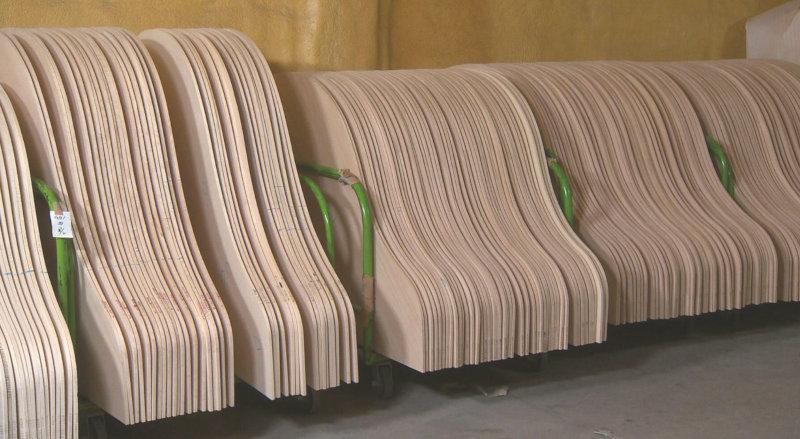 GB
GB: How do they differ technically?
RH: Starting from the wood components, they vary in selection of materials and resources designated to each level of manufacturing. All of our wood is naturally seasoned for at least 6 months. It is then graded and re-evaluated after kiln drying. Soundboards make up only about 10-15% of the wood at Kitami. And of that 10-15%, only 1% of that 10 to 15% goes to our CF line of concert instruments. This top 1% wood is delivered as kiln dried planks to the CF workshop where they build rims, frames and custom soundboards for each piano. From ‘farm to table’, the CF piano can take up to 3 years to build. It is our highest level of hand-crafted instruments, the pinnacle of manufacturing. Each level thereafter, receives grading of wood according to its level. SX and CX have the grand piano “X” treatment (GPX) but their soundboards are handled in a more streamlined production line process at Kitami. Next, the GC and GB1K soundboards are cut by laser, still rendering these precision instruments.
GB: After the CFX concert grand was developed in 2010, the “trickle down” effect happened with other pianos thereafter?
RH: Correct. By 2012, the ever-so-popular C line of grands then received the GPX treatment of soundboards and re-design designating them CX. While the S series had been previously established, it took on a whole new level after the X series was implemented. As well, the 2 lines of SX and CX feature new cabinets, hammers and wire along with new scale designs.
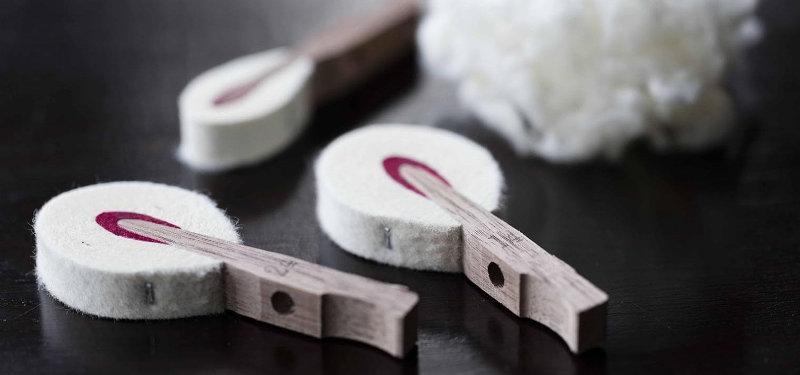 GB
GB: Tell me about the SX line. Where does that fit in the line? I had the opportunity of playing these at the last NAMM show (pre-covid). When asked about this piano, I’ve described it as a clear lake that you throw a few pebbles into the water and you can hear and feel every ripple with incredible sustain – amazing!
RH: The SX series of grands has been developed in between the CX line and the CFX concert level. It has a different voice. We like to think of the CFX as a concert piano and as such, it’s voiced primarily for concert settings. It’s often placed in a large venue and so the SX (also with GPX soundboards and re-design) has been intentionally designed with our A.R.E. processing – a type of wood enhancement through torrefaction.
GB: We featured the
A.R.E. in an article a few years back. Very fascinating. In essence it’s the process of fast-tracking the aging of wood of the rim to bring about more resonance like aged guitars and violins. And Kakegawa handles this curing of wood?
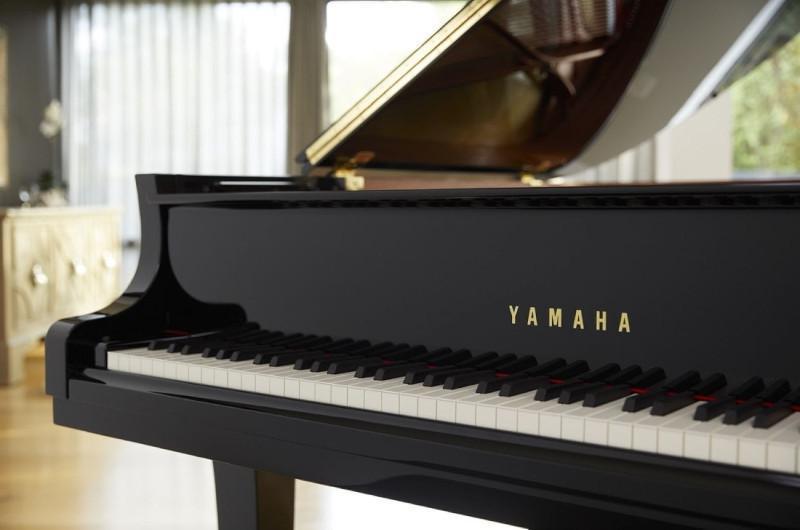 RH
RH: Correct. And when you change the rim, you change the tone. Everything about pianos is inter-related. It requires a different soundboard and subsequently different hammers. Because it is a slightly higher grade than the CX line, it also has a higher grade of wood as well. The curing of the wood on the SX line takes several weeks to complete. It’s quite a controlled process.
GB: To recap, you have CFX at the top, built in the small Concert Piano Workshop – where just about everything is made by hand, receiving kiln-dried planks from Kitami. The wood for the rest of the lines is more production line process. The SX and CX lines have parts that are kiln-dried at Kitami but the SX has extra age-enhanced (for lack of a better term) rims and slightly higher-grade materials. And all the soundboards for SX and CX are precision cut by laser, correct?
RH: Yes and once wood parts are processed for SX and CX lines, as well as the GC series, they’re then sent over to Kakegawa where they receive additional evaluation and are seasoned for destination prior to assembly.
GB: Those represent the top 3 tiers. Tell us about the GC and GB1K lines.
RH: After the CX line of pianos is our very popular GC series. It’s a value priced C grand that doesn’t include the GPX soundboard and is reminiscent of the former C1 and C2. They hold their own and are a joy to play. There are only 2 sizes in this line. One thing that sets Yamaha apart even our most basic pianos is that we do our own wood procurement and processing. Often times wood is outsourced. Not so with Yamaha. We have our own wood scouts and wood graders at Kitami and so pianos from the CF, SX, CX and GC all go through our Kitami mill. That leaves our GB1K, which is a unique grand model. The majority of its parts and components come from Japan and are then shipped to our Yamaha factory in Indonesia for assembly.
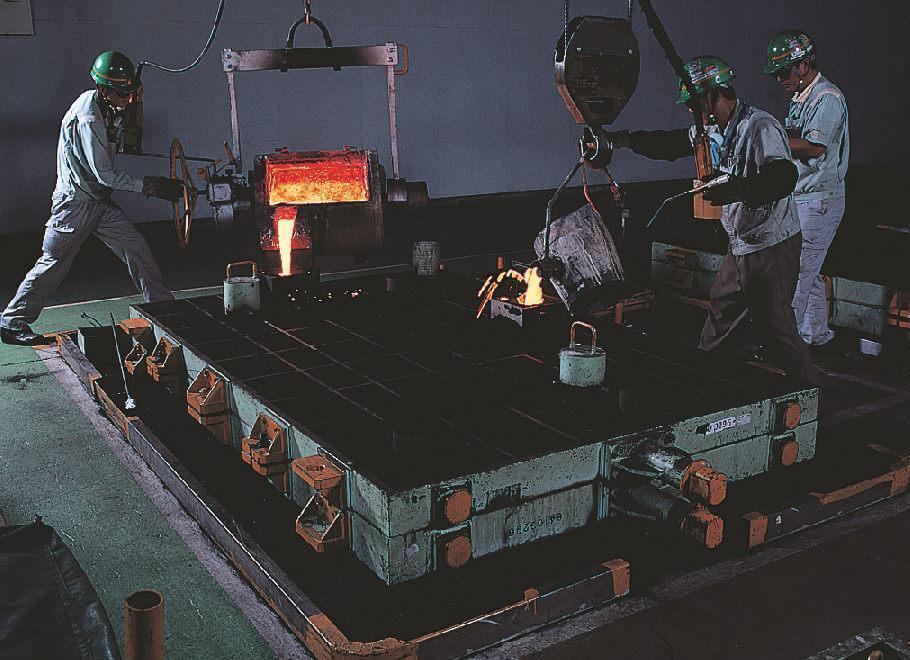 GB
GB: Iwata houses the cast iron foundry. The majority of your frames are what they call V-Pro.
RH: V-Pro, an abbreviation for Vacuum Processed was first applied with Yamaha shortly after that process was patented. Rather than sand casting by gravity, the V-Pro frames in essence apply a vacuum to the mold and subsequent suction moves the molten iron into place. The end result is very consistent and very precise. We do the CF pianos in sand cast but the majority of our instrument frames are made by V-Pro.
GB: Does the CF line have sand casting because it is a better process? Or is it a product of scale – you build less concert pianos and so it is cost prohibitive to set up V-Pro for that line?
RH: Actually, neither. Contrary to popular belief, we use a combination of materials in the CF piano frames that are implemented at different times during the casting process. This is not possible using the V-Pro method, and so we do traditional sand casting for those pianos. Special care is taken when casting CF frames in order to optimize its attributes. Because of this, the preferred method is traditional sand casting by hand.
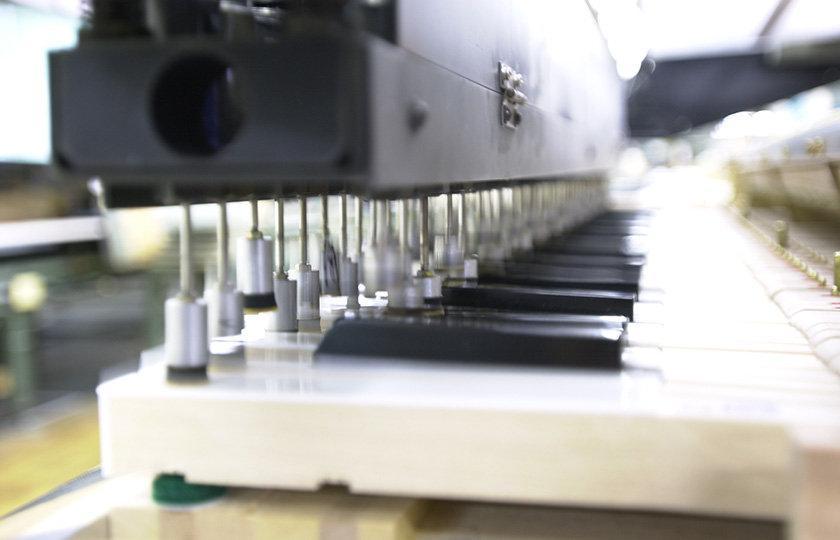 GB
GB: Once the wood and cast iron are made and seasoned for destination, they are then moved to Kakegawa for assembly?
RH: Yes, that’s where the pianos really come together. Rims, frames and cast iron are shipped there and parts are fitted. This includes all cabinet pieces, action parts, keys and stringing. The pianos then move through an automated key striking machine that depress the keys about 300,000 times to settle all of the new parts. The pianos are then regulated, tuned and polished.
GB: How does the work at Kakegawa vary from tier to tier?
RH: The Concert Piano Workshop handles the top regulation of the concert instruments. Regulation refers to the small adjustments to the action parts and keys to make the pianos responsive to the performer. Voicing, altering the piano’s tone also happen on the CF pianos in the Concert Piano Workshop. For these pianos, there aren’t really limits to these processes. When it’s done, it’s done. The SX line receives similar treatment from the Concert Piano Workshop for regulation and voicing. The CX and GC pianos, however are worked on in the production line, the CX line receiving a minimum of 3 levels of regulation refinements. Substantial time is allotted for each piano bring out each piano’s maximum potential in touch and tone.
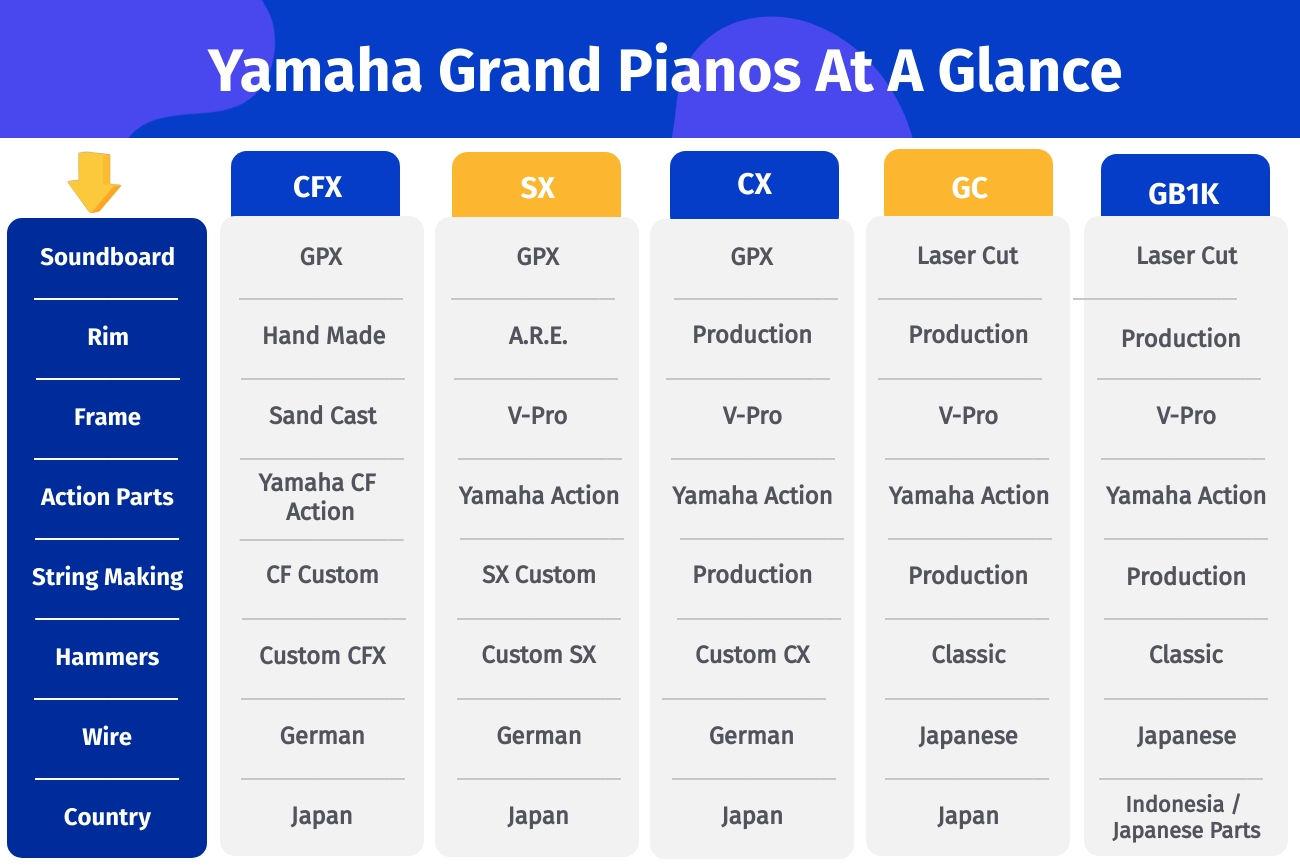 GB
GB: While this is an overview of Yamaha’s manufacturing, I’m sure there are a thousand other details we could go into.
RH: Truly. There are so many details in piano design and implementation that we could go on for hours.
GB: Thanks, Russ for showing us this outline of manufacturing at Yamaha. As I was writing this article, a thought occurred to me – it’s been 12 years since the CFX was released. If history repeats itself, the designers at Yamaha are busy working on the next iteration of grand piano, to be announced in another decade or so. Yamaha always seems to be forward thinking – integrating the latest in technology with the timeless tradition of piano building.
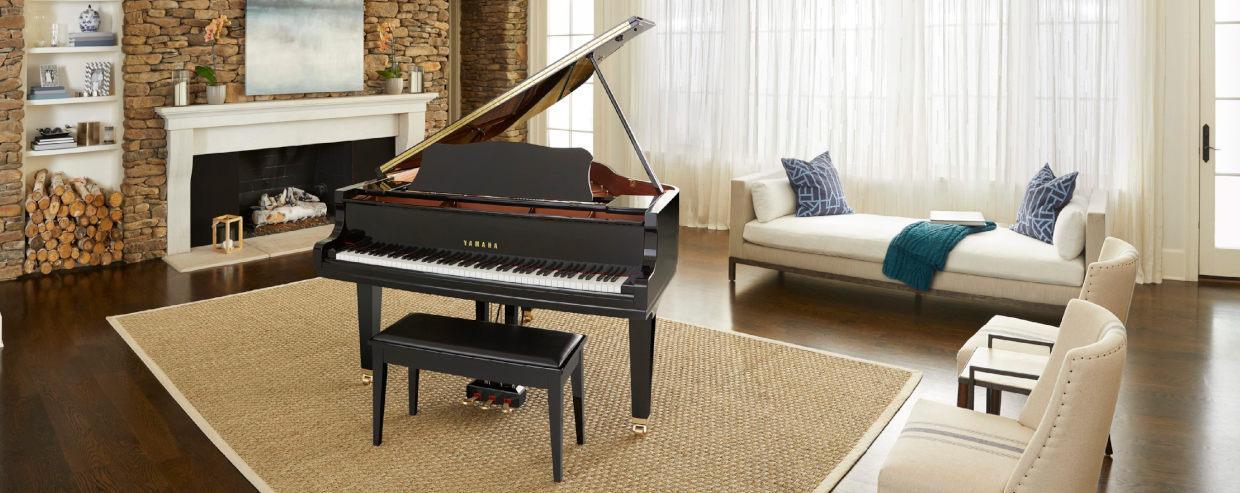
MORE PIANO ARTICLES
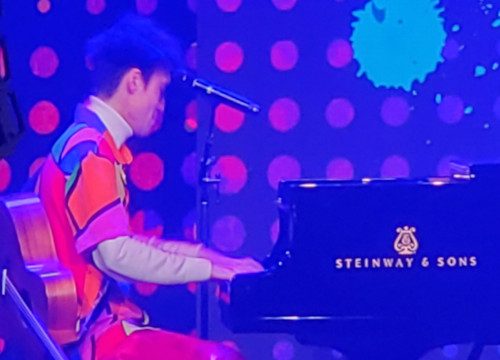
During the performance of Jacob Collier at the most recent NAMM show I was reminded that music makes us human, that beauty binds us together as a collective, and that the reason the music industry exists is to aid in the creation of art. I needed that reminder without which, the annual trade show featuring many of the great piano makers is just the sale of wares. I believe that people are feeling the uncertainty ...
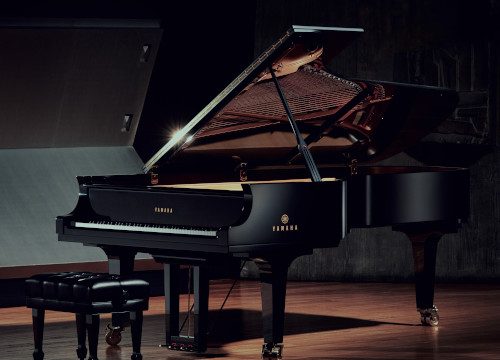
I used to have a teacher who would frequently say, “For every single grade point PAST 80%, it takes as much effort as the FIRST 80.” I believe this statement to be true from experience. The first 80 is the easiest. Chipping away at every point past that is the challenge. The bulk of the work can bring a project into shape but it’s the pursuit of excellence, that’s where the challenge lies. Yamaha is ...

The value of a piano is obvious ~ it’s the music that you make with it. But often, families are going through life changes which involve a house move and unfortunately, the piano needs to be sold. They invariably ask the question, “What are we going to do about the piano?” This question comes up because, as you can imagine, they’re not easy to move. We don’t simply pack them away in a cardboard box ...

You’ve been playing your piano for years now and the time has come to seriously consider downsizing the house and move into a condo. But what do you do with the piano? You love your piano and can’t imagine life without it and besides, you absolutely hate the idea of playing a digital keyboard. Many people don’t know that you can add digital functionality without compromising your existing piano. Yes, it is completely possible to ...
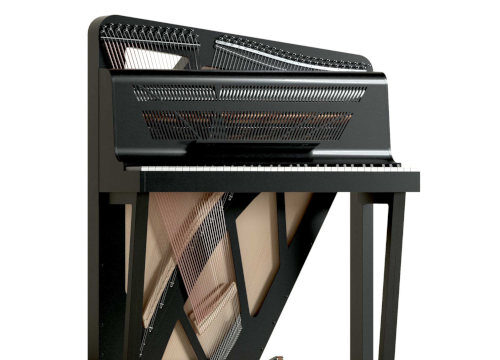
Many years ago, I remember seeing a piano in a museum similar to the one shown above (built in 1787 by Christian Gottlob Hubert. On display at Germanisches Nationalmuseum - Nuremberg, Germany). I have often wondered why acoustic portable pianos never really took off. Although we've seen more portable keyboard instruments like harpsichords, accordions or electronic keyboards, they operate completely different from a traditional piano in that they either pluck the strings, use air with ...
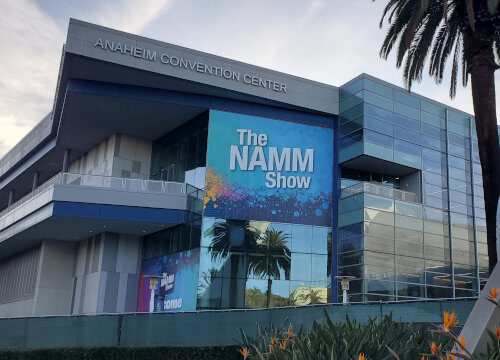
This was the first year since covid that the National Association of Music Merchants (NAMM) trade show was back to its regular January date and, in fact the first show where it felt back to normal. How was it? To answer that, I'm going quickly review the piano market over the last few years. Piano sales boomed during covid. Think about it - everyone was at home and with time on their hands, many turned ...